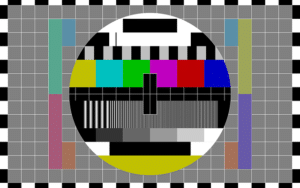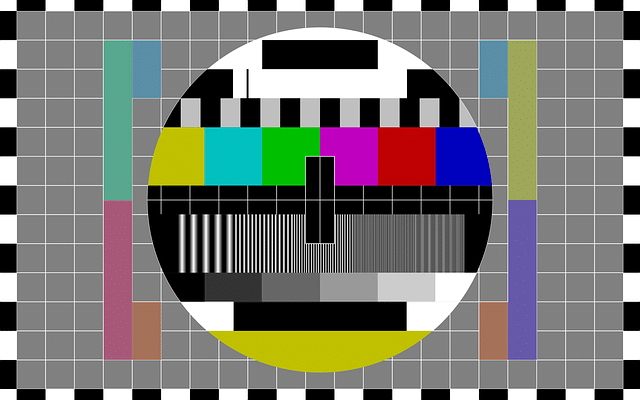Television and video signal overview

FBAS (also: composite video, videos, composites):
CVBS means color image blanking syncSignal. Brightness and color are combined into a single signal. This signal is always on the yellow ones Cinch- Find sockets. Also in Scart-Plug it on one of the many pins. If you have a FBAS signal, then there will be no Ton transfer. With RCA you then need to go to the yellow one Connection nor the white and red for the sound. With Scart the sound is included.
S video:
The quality of this signal is better than FBAS because brightness and color information are transmitted separately here. The typical connection types are hosiden-Plug. Sometimes it will Ycalled /C. Y stands for luminance = black/white and C stands for chrominance = color signals. Not to be confused with YUV or S-VHS. Why should this type of signal processing be better than FBAS: That has to do with the eye.
The eye is more sensitive to differences in brightness than to differences in color. That was in the development of S-Video Taken into account because they can be transmitted on separate lines and they do not easily influence each other. With an S-Video connection you still need another connection for the sound, but with a Scart the sound connection is included.
RGB:
RGB is a technique for transmitting video signals in which the colors red, green and blue and one or two signals for synchronization are transmitted separately. PC screens use an RGB signal with two synchronization signals (H and V for horizontal and vertical synchronization) on the VGA connectors. The synchronization signals are omitted from the television signal, they are usually generated from the green signal. With this connection, no sound is transmitted either, but with Scart the sound connection is included.
YUV (component signal, component connection):
Outputs the image signals in the format shown on the DVD is stored: separated by brightness (Y) and the color difference signals U and V. This signal is called component signal, because the signal is transmitted in several components.
At the end of this post is a diagram of how RGB can be converted to YUV.
DVI:
This is the designation for a digital video signal "Digital Visual Interface". There are DVI-Connections with additional analog RGB signals. DVI signal is superior to all above signals.
Image of a DVI connector here.
HDMI (High Definition Multimedia Interface):
A connection technology for the digital transmission of image and sound. The digital data are transmitted via the HDMI-Transfer cable uncompressed. HDMI supports all TV standards incl. NTSC and PAL and 8-Channel-Digital audio. In the HDMI connection, the image signals are (largely) identical to the DVI-D signals, so that you can use the corresponding Adapter can convert the plugs. However, DVI-D has no sound.
SCART:
SCART is a connector variant on which all possible signals are transmitted. It can e.g. B. give a transmission of CVBS, S-Video and RGB signals or any combination of these signals. In most cases, however, not all signals are wired. A SCART connection from a video recorder has e.g. B. never an RGB signal, most likely it has an S-Video signal. Every device actually has a FBAS signal and the lines for the two audio channels.
You have to be careful with SCART cables, there are cables where not all lines (21 pieces) are switched through, and there are also some where you have to switch between output and input, etc. Another problem with SCART is that you can there may be several signals present. In a reasonable setup you should be able to set which of these signals you want to see.
S-VHS:
Super VHS. This is a standard for videocassette recording. It is an extension of the VHS standard that uses better technology to create a horizontal Resolution reached by about 400 lines. In the VHS system, as in the extended S-VHS version, the color and black values of the picture are saved separately.
In contrast to VHS recorders, S-VHS recorders can also receive and output these separate Y/C signals separately. As a result, the terms S-Video and S-VHS are often confused, even by the manufacturers themselves.
PAL, NTSC, SECAM, HDTV:
These are not television signals, but television standards. PAL means, among other things, 50 fields/second, each with 625 lines and the sound at a specific point in the frequency band:
type lines horizontal freq vertical freq
—— ——- ————— ———————
NTSC 525/60 15.734kHz 60Hz
PAL 625/50 15.625kHz 50Hz
PAL N 625/50 15.625kHz 50Hz
PAL M 525/60 15.750kHz 60Hz
SECAM 625/50 15.625kHz 50Hz
If you have an analog television tuner and receive a signal with the PAL television standard, then you have a FBAS signal, ie a relatively modest quality. With a digital Tuner it depends on Receiver depends on what kind of signal it offers and what you connect.

